“The BC Tech Summit? What is that?”
My class had no idea what to expect when we were given the permission slips for our class trip to the BC Tech Summit on Youth Innovation Day. As my teacher explained that it is the largest tech conference in Western Canada, and that one ticket at the door costs $999, we all became very interested in what might be in store for us.
We all downloaded the #BC Tech Summit App before we went so that we could find out about all of the events happening!
My class joined dozens of other schools to create the audience at the BC Tech Summit. We were very excited to hear the speakers coming to this event, so we researched some of them before hand so that we could be prepared to take notes. Our teacher asked us to take notes on two of their presentations once we got to the event.
I chose to listen to David Katz and Scott Sampson because the projects that they are working on are very interesting to me. I did a little bit of research on them and learned about the main things that they do. David has created a project that he thinks will reduce plastic waste and help end poverty. Scott is the president and CEO of Science World and I was interested to hear his advice for us.
Learn more about David Katz
Learn more about Scott Sampson
As we got to Canada Place, we noticed that there were interactive activities already set up for students to play with before the main event opened. I was interested in the robots and the 3D printer in the lobby.
As the main event opened, my class took our seats near the front stage so that we could see and hear the speakers well. After listening to a few speakers, like Brent Bushnell, David Kratz finally went up on stage. David introduced himself as the founder and CEO of a five year old organization called Plastic Bank.
As David started his presentation, his opening words shocked me. He said, “the last thing we should be doing is cleaning the ocean”. Interesting, coming from someone who is supposed to limit plastic waste, this was a surprise to hear. David used an example of a tap in a kitchen filling up the sink and spilling onto the floor. He asked us, what would be the first step to cleaning up the water that had spilled everywhere. We wouldn’t start cleaning what was on the floor or in the sink, we would have to turn the tap off first.
Turn the tap off. It’s an interesting way to look at our environment. David Katz wants to stop the pollution that is going into the ocean before starting to clean the ocean. I understand how that theory makes sense, but how was he going to pursue this dream?
David has created an ecosystem which allows for people in wealthy countries to be able to help those in poverty. For example, if I go to a return depot in Canada to return my plastic bottles, someone in Kenya can get the money from it. I would be putting money in the plastic bank for those who need it around the world.
One way that technology is contributing to this organization, is through an app. By going on the app, you can show the plastic that you are returning so that someone else can have the money. At this point, the only way that this project will work, is by using the app. Technology is very important to this project!
The next speaker that I listened to was Scott Sampson. I was very excited to hear from Scott because of his occupation, being the CEO of the Vancouver Aquarium. The Vancouver Aquarium is “home to thousands of incredible ocean species and amazing aquatic life.”
Scott explained his thoughts about digital and ecological disruption with us and his plans to solve those problems. This speech ties in with our driving question for the day, how has BC’s economy been affected by the tech industry. Mr. Sampson believes that technology can help solve the ecological disruption. One way that Scott thinks that people can make a difference is by using symbiosis, which is a brand new initiative being launched this September. Symbiosis is one example of using technology to affect the economy in BC.
Learn more about symbiosis here
As Scott left the stage, he gave us three tips:
1. Be curious, chase things with your curiosity, be curious about all the different things out there, only 22% of stem jobs are held by women, that can change
2. Chase pathways, look for opportunities to learn more, chase multiple at once
3. Seek out mentors, be one, seek one, refine the pathway you want to follow, look for multiple mentors that will change as you get older
Below is a very cool sketch done by someone at the BC Tech Summit! She hand drew all of these drawings and notes as the speakers talked.
At the Summit, I had a chance to talk to two mentors so that I could make a podcast based on their stories and advice. This assignment gave me the opportunity to ask questions about technology that in,igniting be interested in. My question was “how do you think that technology will change in the next 20 years”.
After all of these amazing speakers, I had the chance to walk around in the upstairs portion of the Summit. The upstairs section had interactive booths that allowed for me to see what kind of technology is used in different programs at universities like BCIT and UVIC. I had the chance to talk to a representative of BCIT about some of their design programs and what they can offer students.
One of my favourite parts of the exhibits was trying on the virtual reality goggles! I also got to try new technology, like a wheelchair that makes tall shelves more accessible. This was probably my favourite part of the day because I had a chance to try the new technology that is being used in universities and for work purposes.
At the end of the day, I had a very cool experience. A couple of my friends and I were asked to represent our school on the BC Tech Summit’s instagram channel. We stood together and I told the camera that our favourite part of the Summit was the interactive exhibits!
Overall, this was a very cool day. I learned so much about technology and what to expect for the future. I learned new sayings, like STEM learning, and new ideas for my future, like entrepreneurship.
Bibliography:
“#BCTECH Summit.” BCIC, bcic.ca/events/bctech-summit/.
“Scott D. Sampson (@DrScottSampson) on Twitter.” Twitter, Twitter, mobile.twitter.com/drscottsampson.
“David Katz (@DavidKatzPB) on Twitter.” Twitter, Twitter, mobile.twitter.com/davidkatzpb.
“Http://Www.avensonline.org/Fulltextarticles/JSUR-2332-4139-S1-0001.Html.” Journal of Surgery, 2015, pp. 01–07., doi:10.13188/2332-4139.s100001.
Galvin, Anais Radonich. “’Turning Plastic to Gold – The Plastic Bank and David Katz’.” AISP – Association of International Seafood Professionals, www.seafoodprofessionals.org/blog/item/turning-plastic-to-gold-plastic-bank-and-david-katz.
Forbes, Forbes Magazine, www.forbes.com/forbes/welcome/?toURL=https%3A%2F%2Fwww.forbes.com%2Fsites%2Fannefield%2F2017%2F11%2F29%2Fthe-plastic-bank-using-plastic-to-create-a-global-currency-for-the-poor%2F&refURL=https%3A%2F%2Fwww.google.ca%2F&referrer=https%3A%2F%2Fwww.google.ca%2F.
“A Tailored Approach to STEM Learning.” Australian Council for Educational Research – ACER, 6 Feb. 2018, www.teachermagazine.com.au/articles/a-tailored-approach-to-stem-learning.
“Educational Resources.” Vancouver Aquarium, www.vanaqua.org/learn/educational-resources.
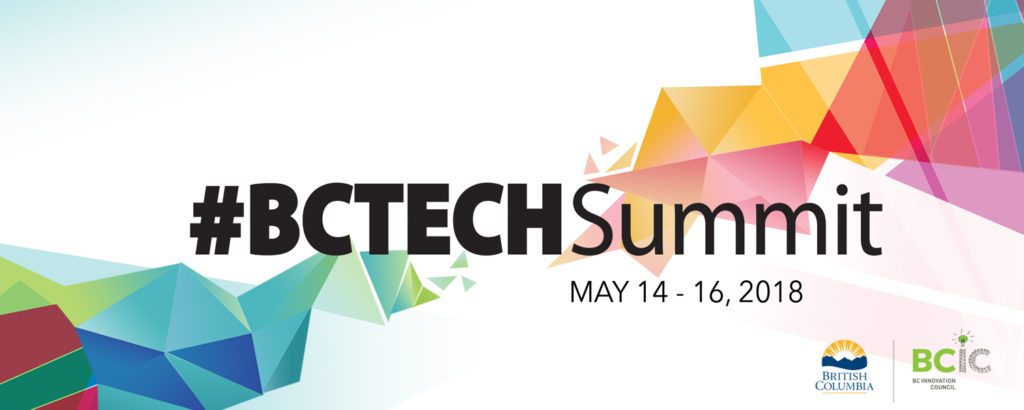
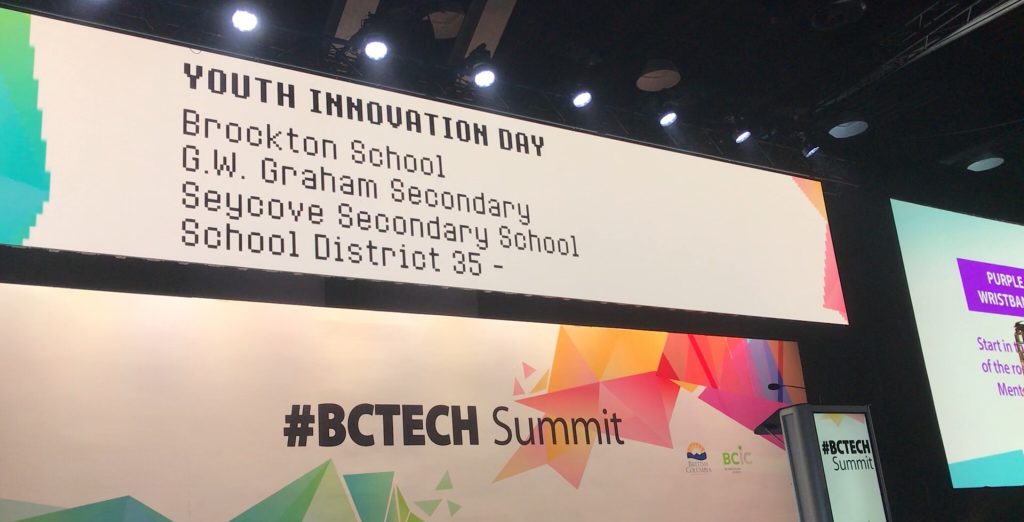

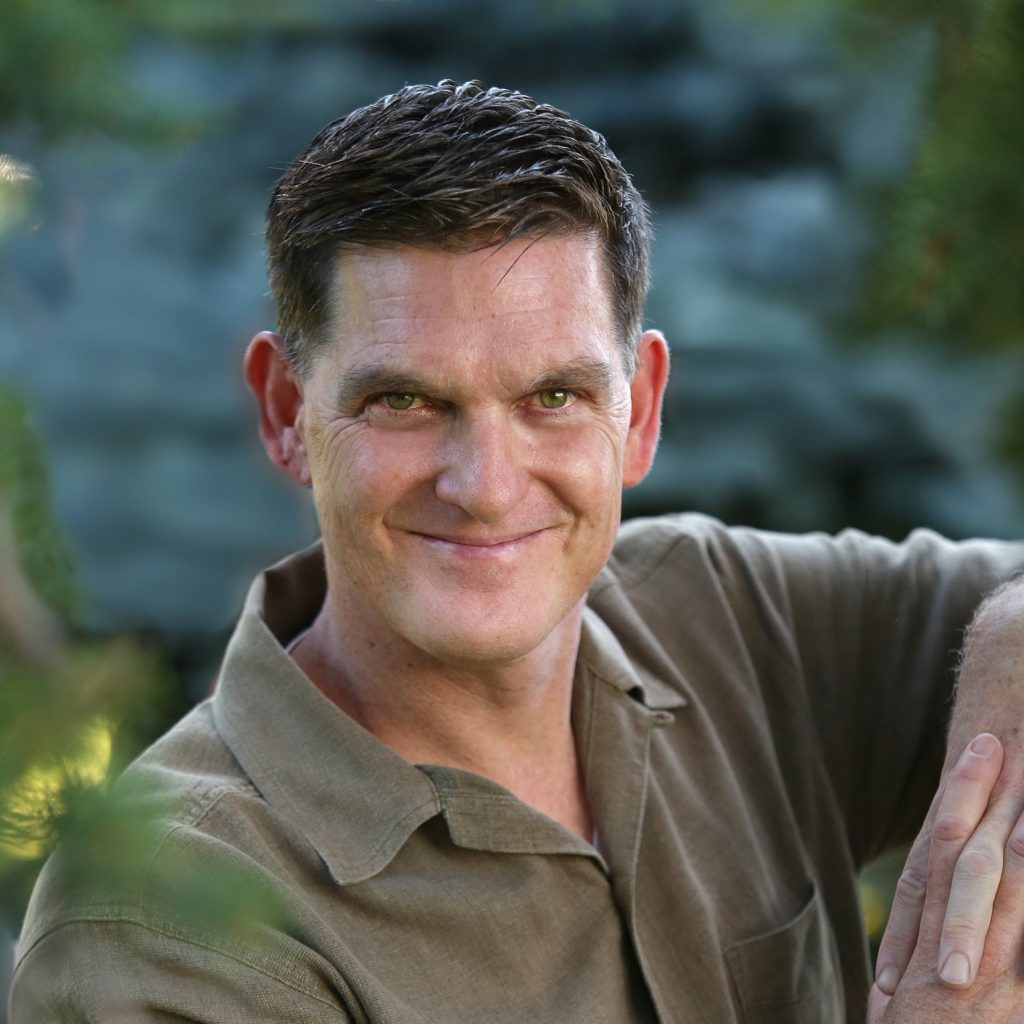


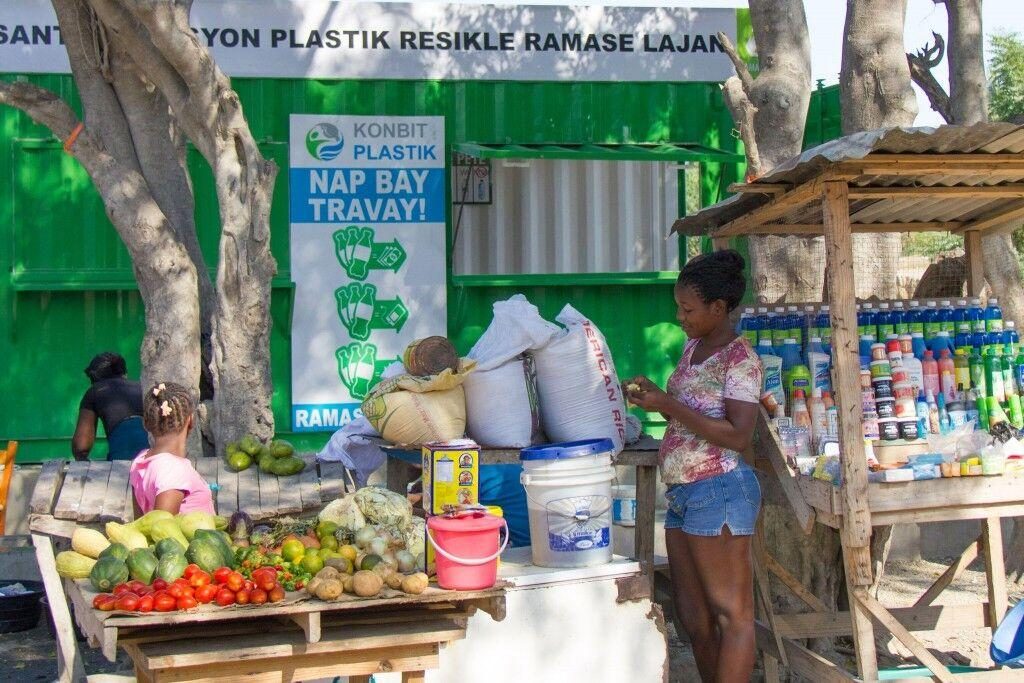
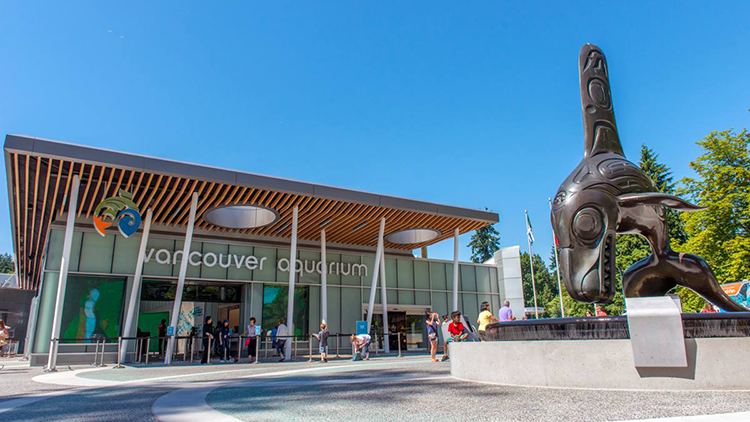


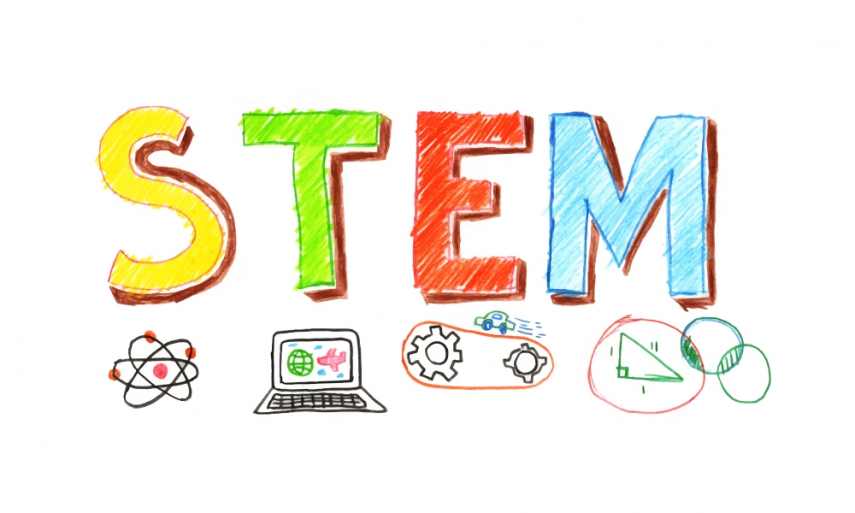
Leave a Reply